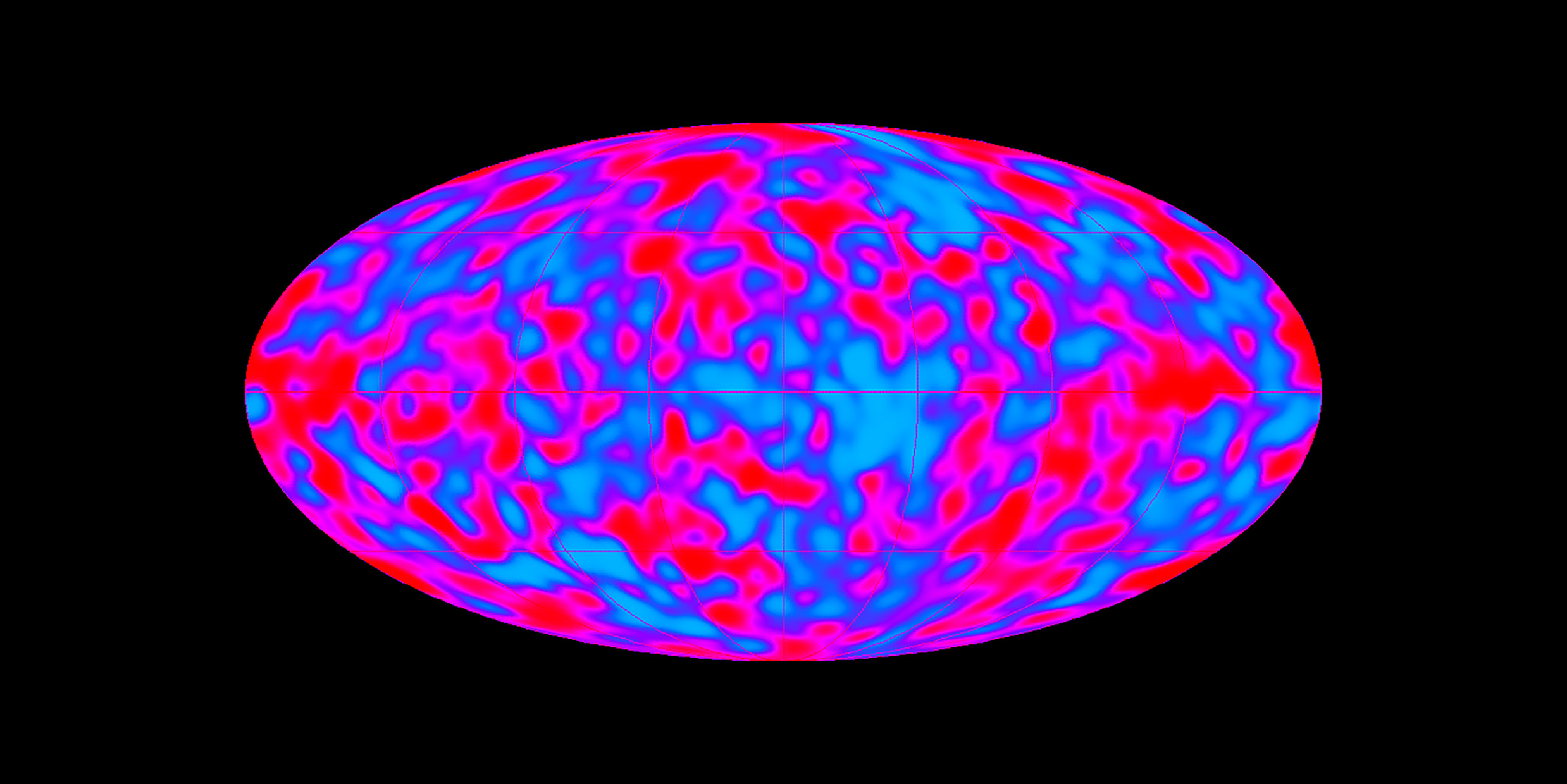Originally published 23 January 2001
Astonishing fact Number 1: The universe began billions of years ago in an explosion from an infinitely small, infinitely hot seed of energy. The Big Bang.
It is certainly difficult to imagine that the universe we observe today — with hundreds of billions of galaxies, each galaxy containing hundreds of billions of stars, each star (perhaps) with a family of planets — might have been contained within a space the size of a pinhead.
Difficult, but not impossible, because cosmologists imagine it. And they do more than merely imagine; they calculate with the laws of physics precise mathematical details of how the universe came into existence in that blaze of glory.
The Big Bang theory had its beginning early in the 20th century when Edwin Hubble discovered that the universe is expanding — the galaxies are racing apart. Calculate backwards — reverse the outrush of the galaxies — and everything comes together in a singular beginning for matter, energy, space, and time.
Astonishing fact Number 2: We are still bathed by the radiation of the Big Bang.
Big Bang calculations predict that the universe should be filled today with the residual radiation of the Big Bang — the flash of creation — now much cooled. This is the so-called cosmic microwave background radiation, which was predicted before it was accidentally discovered by two Bell Telephone engineers, Arno Penzias and Robert Wilson, in 1965.
The Cosmic Background Explorer, or COBE, satellite has subsequently measured the radiation with exquisite precision. The temperature of the radiation is 2.7 degrees above absolute zero, exactly as the Big Bang theory predicts. The spectrum of the radiation is also in precise agreement with theory.
We measure the cosmic background radiation in the here and now, 10 billion years or so after the beginning. But maybe the radiation we measure has some other cause. A superb test of Big Bang theory could be achieved if we could travel back in time with a thermometer, and see if the universe was hotter in the past.
Astonishing fact Number 3: We can travel back in time and measure the temperature of the Big Bang radiation.
As we look out into the universe, we are also looking back in time. Light travels at a finite velocity. When we look at an object 8 billion light-years away, say, we are seeing it as it was 8 billion years ago.
What if we could see something 8 billion light-years away that is sensitive to the temperature of the universe at that time and place? This is what a group of astronomers using the European Southern Observatory’s 8.2‑meter telescope in Chile have now managed to do, by finding a quasar whose light is absorbed by a cloud of gas and dust that lies between us and the quasar.
Quasars are brilliant sources of light that were common in the early history of the universe, probably related to the formation of massive black holes at the hearts of galaxies. The cloud that absorbs this particular quasar’s light lies billions of light-years away, at a time when the universe was only one-sixth of its present age.
Every kind of atom or molecule absorbs light at characteristic wavelengths. By seeing what wavelengths in the quasar’s light are absorbed by the intervening cloud, the astronomers identify the kinds of matter in the cloud.
They can also tell what energy state the cloud’s atoms and molecules were already in as they absorbed the quasar’s light. If atoms and molecules in the cloud have been excited by some local source of energy, this will show up in the absorption spectrum of the distant quasar.
By doing some brilliant spectroscopic analysis, the astronomers found so-called fine-structure states of carbon atoms and hydrogen molecules in the distant cloud that could only have been excited by cosmic background radiation at a temperature of 6 to 14 degrees above absolute zero. Big Bang theory predicts a temperature of 9 degrees for the background radiation when the universe was one-sixth of its present age, in agreement with the measured limits.
Reporting on this amazing bit of work in the journal Nature, physicist John Bahcall writes: “The Big Bang theory has survived a crucial test. The theory would have been abandoned if astronomers had found that clouds at earlier times had lower temperatures than predicted.”
He continues: “I confess to feeling a little disappointed, and I am sure that some of my more rebellious colleagues will secretly feel the same way. I am happy that the Big Bang theory passed this test, but it would have been more exciting if the theory had failed and we had to start looking for a new model of the evolution of the universe.”
Astonishing fact Number 4: There is no fact in science so astonishing that scientists will not stand ready to abandon it if the evidence goes against it.



